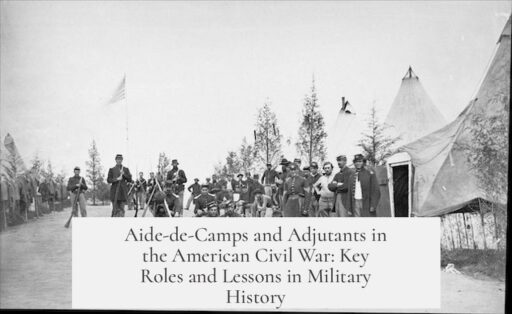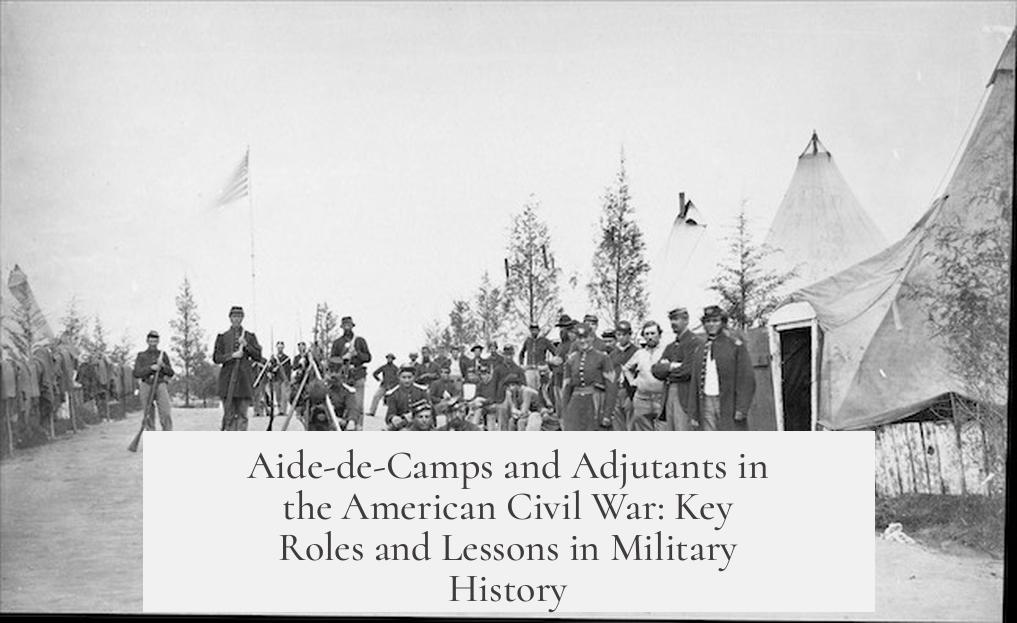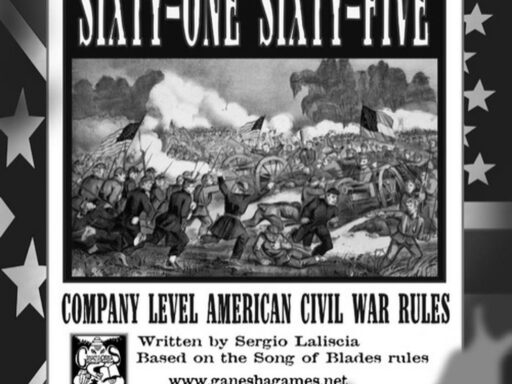During the American Civil War, aide-de-camps and adjutants played distinct but complementary roles within military command structures. Adjutants handled administrative and organizational duties across various levels, including regiments. Aide-de-camps served as personal assistants to generals, performing sensitive and direct tasks related to command execution.
Adjutants primarily functioned as administrative officers. Their bureau duties included publishing written orders, preparing and distributing instructions, receiving and organizing reports and returns, and maintaining detailed records. They created tables showing troop status and locations, regulated service details, and communicated with administrative departments about troop needs. These tasks ensured that the military bureaucracy operated smoothly and that strategic decisions were correctly documented and disseminated.
In addition to these office duties, adjutants performed active field roles. They established camps, inspected troops and guards, and organized parades and battle formations. Monitoring deserters and prisoners, conducting reconnaissance, and managing day-to-day troop logistics also fell within their responsibilities. This blend of desk work and field activity made the adjutant an essential officer akin to a 20th-century chief of staff, bridging the commander’s intent and its practical application.
Aides-de-camp, by contrast, served as confidential officers attached directly to generals. Their appointments were generally temporary and dependent on the discretion of the commanding general or the President, especially during wartime. For instance, a lieutenant-general could appoint up to four aides-de-camp in war, fewer in peace. These officers might hold ranks from captain to colonel, depending on their tasks.
Their duties required personal trust and tact. Aides-de-camp acted as extensions of the general, carrying orders precisely or even adapting them based on battlefield conditions. They often delivered verbal instructions on the move and conveyed crucial intelligence about enemy movements. Their role demanded intimate knowledge of troop positions, routes, command posts, and the nuances of both grand maneuvers and specific tactics. This knowledge enabled them to interpret orders wisely and respond flexibly to evolving battle scenarios.
Unlike adjutants, aides-de-camp answered solely to their general and did not function as administrative officers for broader organizational needs. Their role was both personal and tactical, blending that of a private secretary and an emissary. The trust bestowed upon them was significant, as they occasionally modified orders en route if conditions required immediate adjustment without awaiting new instructions.
| Aspect | Adjutant | Aide-de-camp |
|---|---|---|
| Appointment Level | Regimental and higher | Exclusive to generals |
| Nature of Role | Administrative and organizational | Personal, confidential, and tactical |
| Command Relationship | Reports within standard hierarchy | Directly attached; reports only to their general |
| Key Duties | Publishing orders, inspecting troops, record keeping | Delivering and interpreting orders, battlefield communication |
In summary:
- Adjutants were regular officers handling essential administrative and active operational functions at multiple command levels.
- Aides-de-camp served as trusted extensions of generals, managing sensitive communication and adapting orders during combat.
- Their roles differed notably in scope, permanence, and closeness to command, reflecting distinct needs within the military hierarchy.
Aide-de-camps vs. Adjutants during the American Civil War: Who Wore the Real Hats?
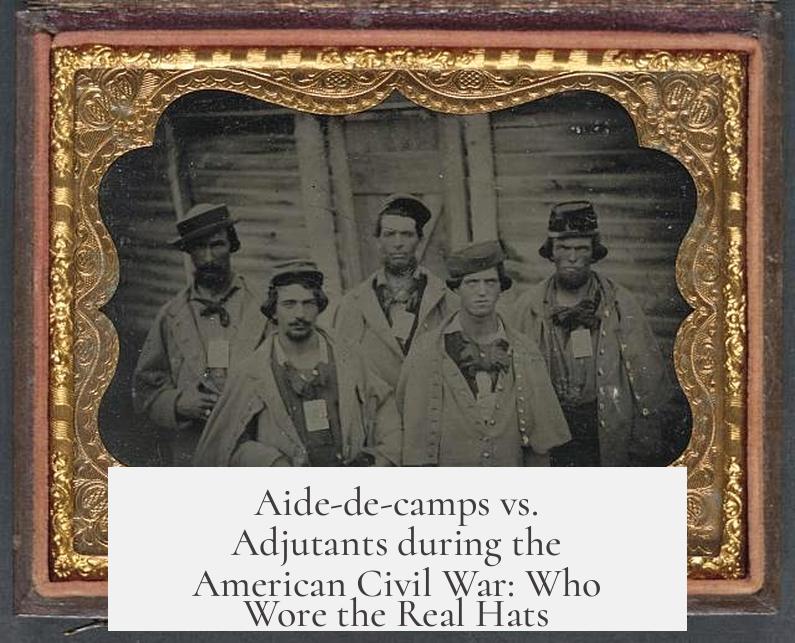
During the American Civil War, the distinction between aide-de-camps and adjutants was clear, with aides-de-camps acting as personal emissaries to generals and adjutants functioning more like administrative chiefs-of-staff at multiple military levels. But what made these roles unique, and why should history buffs care? Let’s unpack their duties, appointments, and daily grind with a twist of humor and plenty of facts.
Think of the adjutant as the military’s version of an extremely organized office manager, while the aide-de-camp is the general’s right-hand man on the battlefield—sometimes carrying handwritten orders through the chaos and even deciding if a command needs a quick tweak on the fly. Intrigued? You should be.
The Adjutant: The Bureaucratic Backbone with a Whiff of Battlefield Swagger
Adjutants held dual roles: they juggled bureau duties behind the scenes and active duties in the field. On paper, they published and transmitted orders, carefully dictated detailed instructions, managed troop reports, and essentially ran the military’s paperwork labyrinth. Imagine being the guy who made neat tables showing the status and position of whole corps—talk about power over spreadsheets!
But adjutants didn’t just sit in dusty offices. They inspected troops, set up camps, controlled deserters and prisoners, and carried out recon missions. They even formed parades and lines of battle. In short, these officers were part generalists, part drill sergeants, and part army librarians. This role existed at the regimental level and beyond, giving them an organizational importance hard to overstate.
The Aide-de-camp: The General’s Secret Weapon, Ink & Action Combo
Meanwhile, aides-de-camp were the generals’ most trusted confidants. Picture a hybrid of private secretary, field messenger, and personal advisor. Appointed ex-officio as assistant adjutant-generals, their numbers depended on rank—a lieutenant-general could have up to four aides during wartime, while lower generals had fewer.
Their appointment was often at the president’s whim—in August 1861, a law let the president appoint aides-de-camp during the Civil War, with ranks from captain to colonel. But make no mistake: this was a high-trust position. Aides-de-camp took orders exclusively from their generals and carried out delicate tasks like delivering and verbally communicating orders in battle.
Beyond penmanship, aides had to be tactical geniuses. They needed deep knowledge of troop positions, routes, and enemy movements. If an order suddenly needed tweaking amid battle chaos, an aide could make judgment calls on the spot—a responsibility not given lightly. It’s safe to say they were the original multitaskers and battlefield improvisers.
Key Distinctions: Official Roles Meet Battlefield Reality
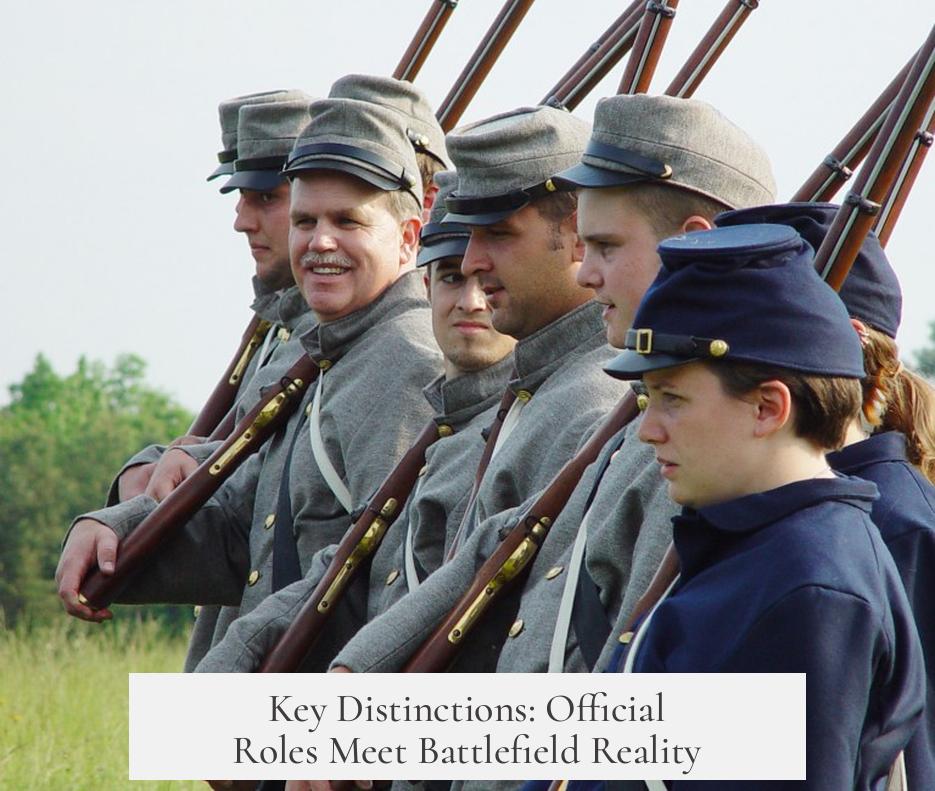
| Aspect | Adjutants | Aides-de-camp |
|---|---|---|
| Scope of Appointment | Exist at regimental level and above | Attachment only to generals |
| Nature of Role | Permanent or semi-permanent administrative post | Temporary, at-will appointment; confidential and personal |
| Primary Duties | Publishing orders, inspecting troops, managing records | Carrying, verbally communicating, possibly modifying orders strategically |
| Relationship to Command | Works broadly within the command structure | Attached solely to the general; takes orders only from him |
So, in a nutshell, if generals were kings on the battlefield, then adjutants were the royal scribes and logisticians, and aides-de-camp were the trusted heralds and secret agents.
Why Does This Matter? Lessons and Trivia from Military History
Understanding these roles sheds light on how Civil War armies functioned on and off the battlefield. The adjutant ensured the machine ran smoothly—without them, orders would be chaos, troops left uninformed, and records lost. Meanwhile, aides-de-camp handled the battlefield’s chaotic pulse, relaying orders with critical judgment that could mean the difference between victory and disaster.
Here’s a fun thought: imagine being an aide-de-camp tasked with delivering a crucial order while dodging cannon fire, knowing you might have to decide to alter that order based on shifting circumstances. Talk about job pressure! Meanwhile, the adjutant is buried in reports, probably wondering when the next inspection will happen or why the parade formation looks like a kindergarten art project. Both roles demanded cool heads but in strikingly different ways.
What Modern Military Could Learn (or Not) from This Dynamic Duo
While today’s military employs staff officers and aides, the Civil War’s division of labor hints at a balance between structure and flexibility. Adjutants ensured order and consistency; aides provided adaptability and personal trust. Could contemporary armies do better by revisiting this balance? Perhaps commanders would benefit from more aides empowered to make battlefield decisions moment-to-moment instead of relying solely on rigid chains of command.
Next time you watch a Civil War drama, keep an eye out for these behind-the-scenes heroes. The aide-de-camp might just be the one galloping through gunfire with a crucial message, while the adjutant keeps the regiment’s paperwork in shining order. Both, in their way, make history happen.
“It’s often said generals win wars, but adjutants and aides make sure the right orders get to the right soldiers at the right time.”
Curious about how these roles evolved post-Civil War? Stay tuned for a deep dive into Military Staff Dynamics—because history loves its sidekicks!
